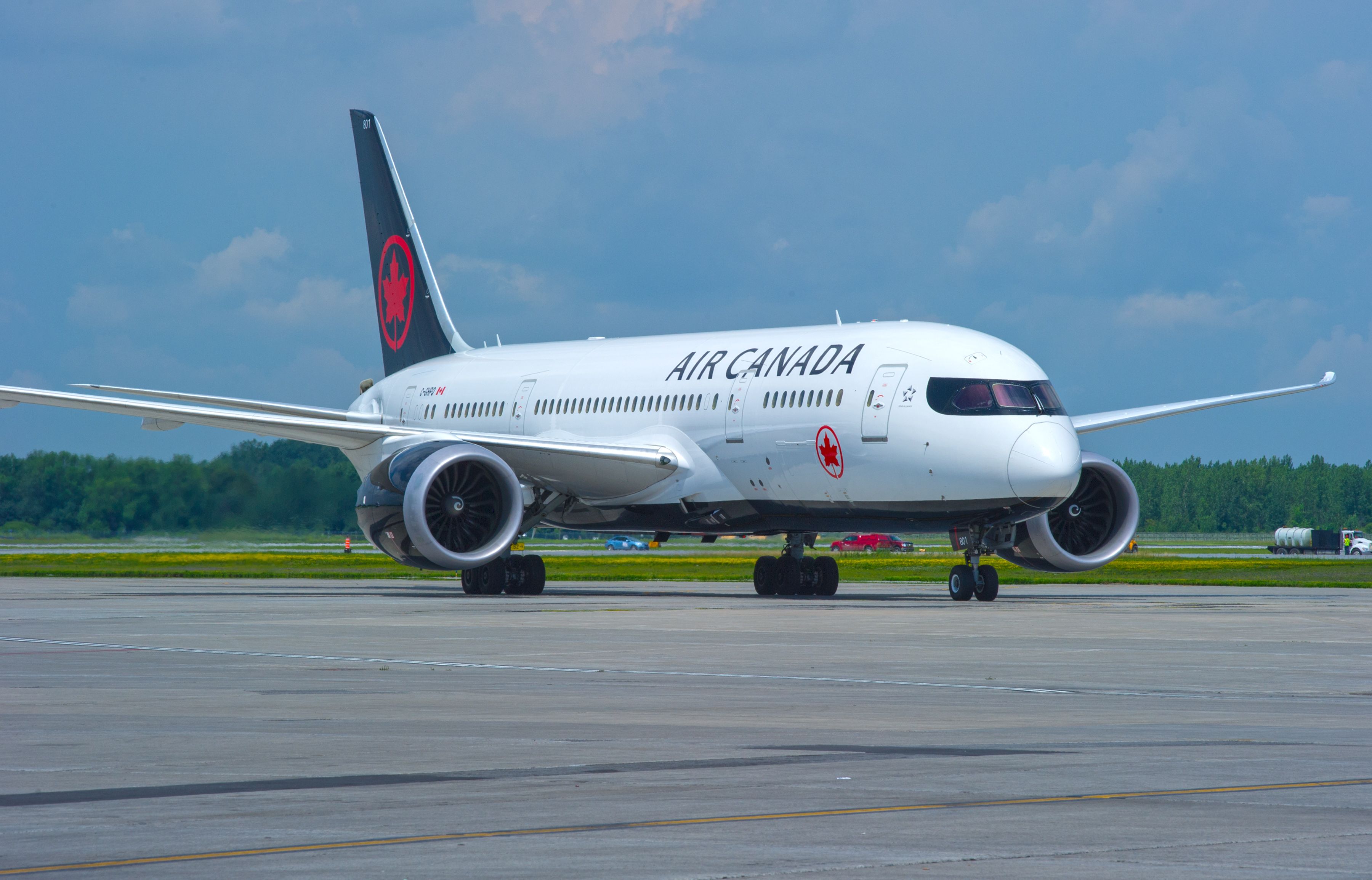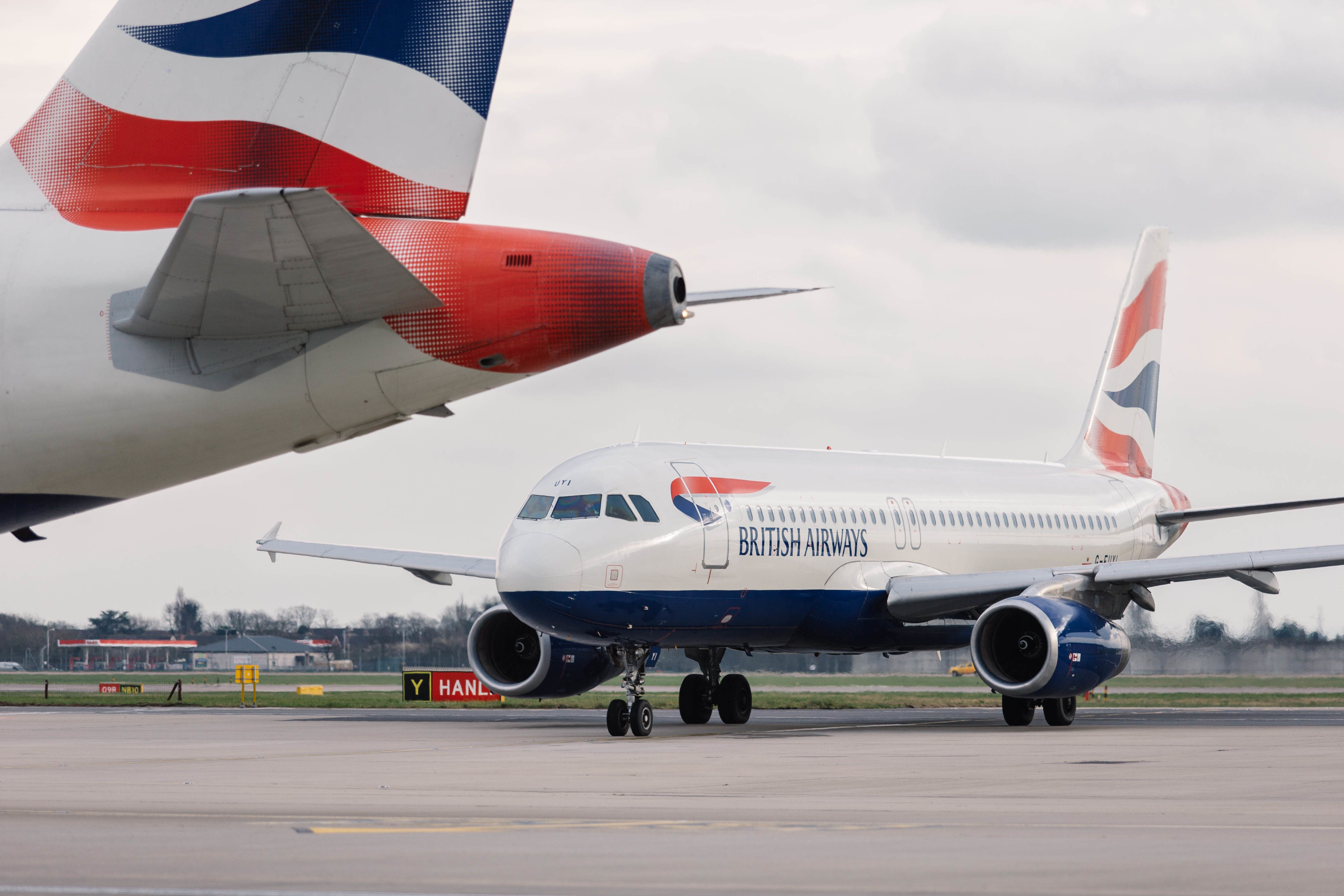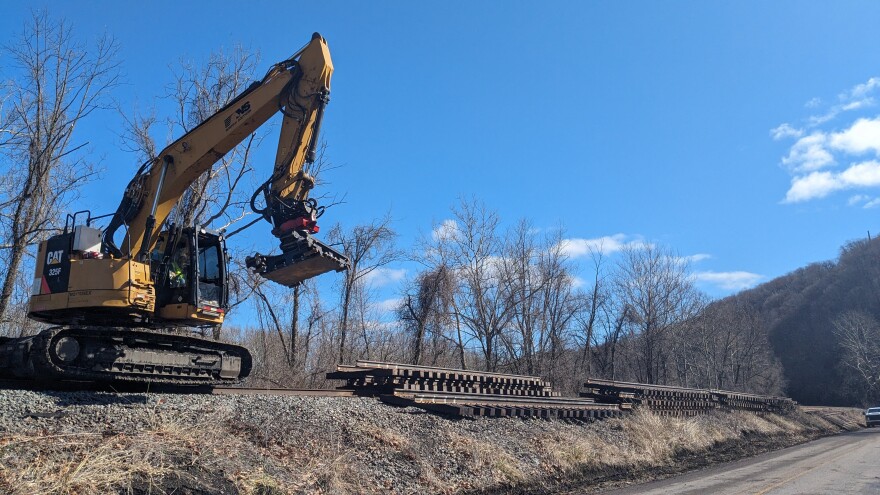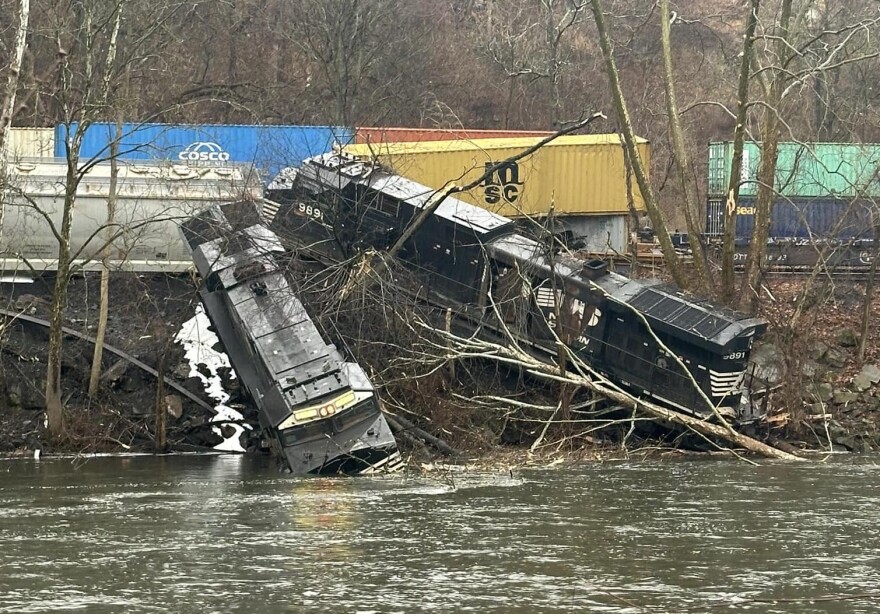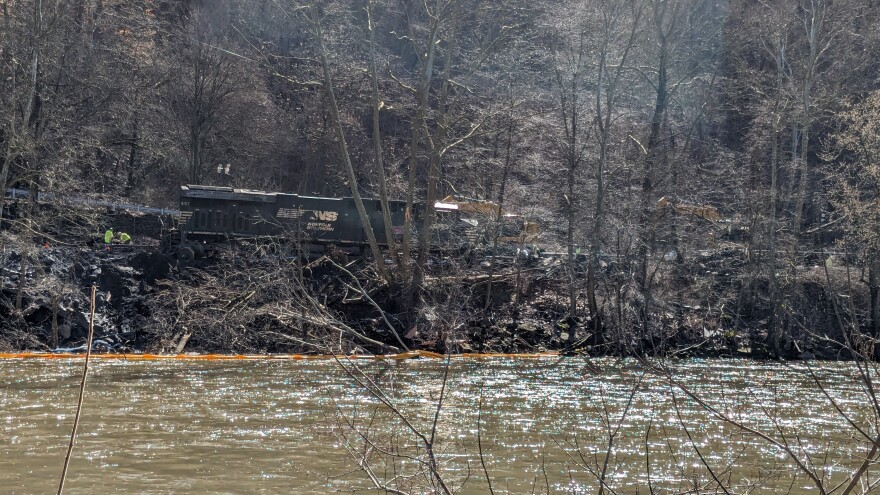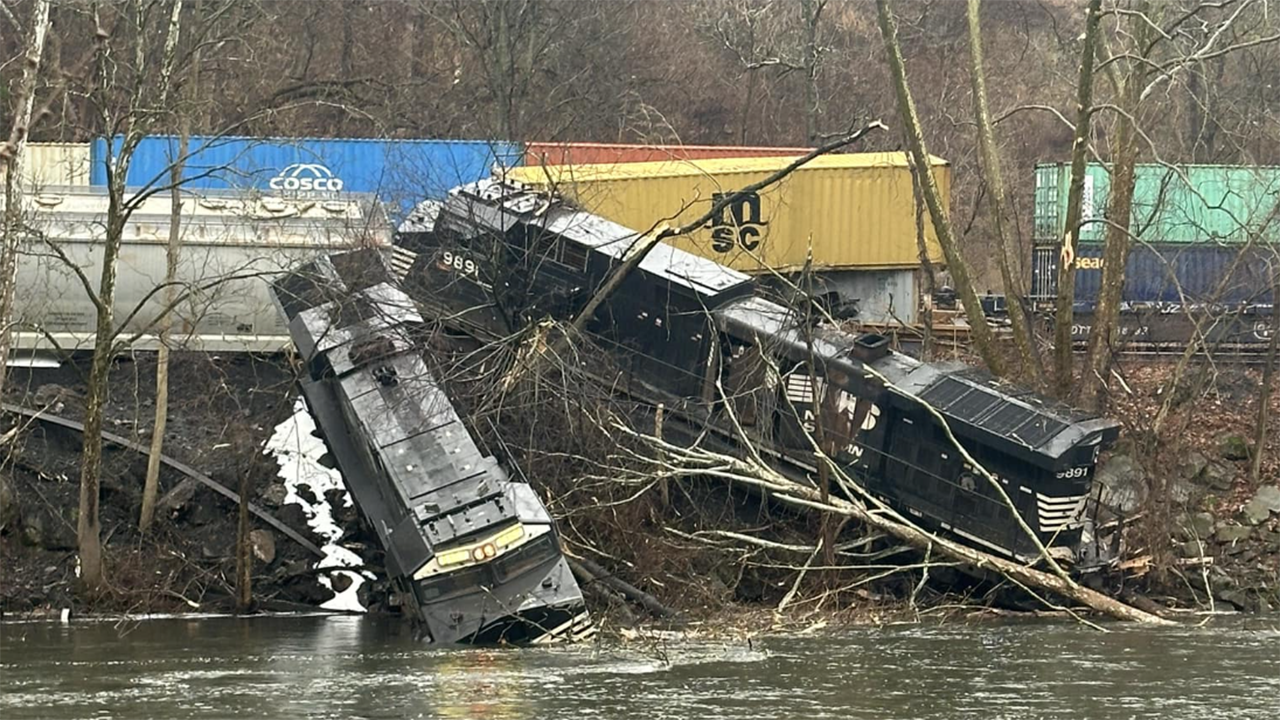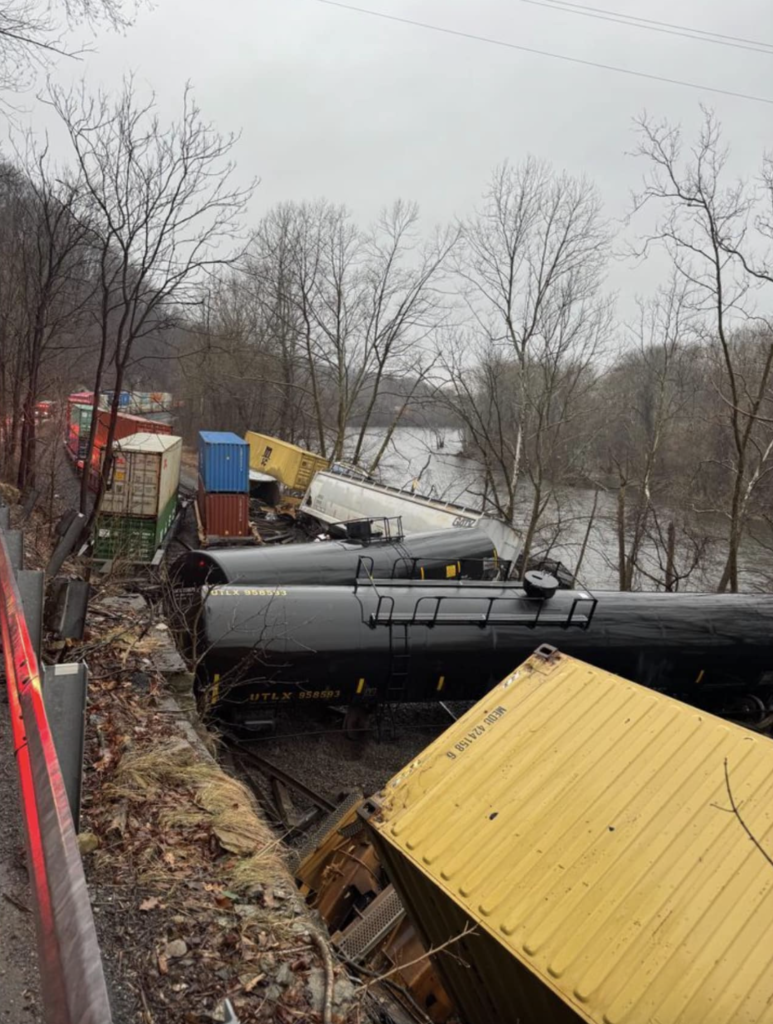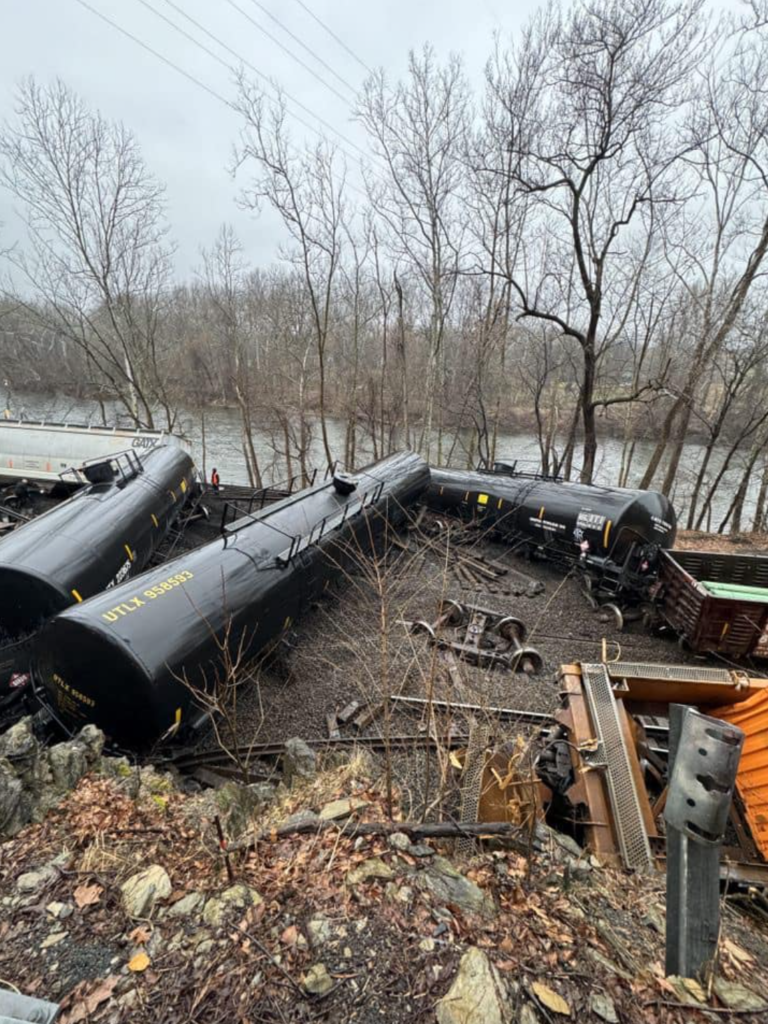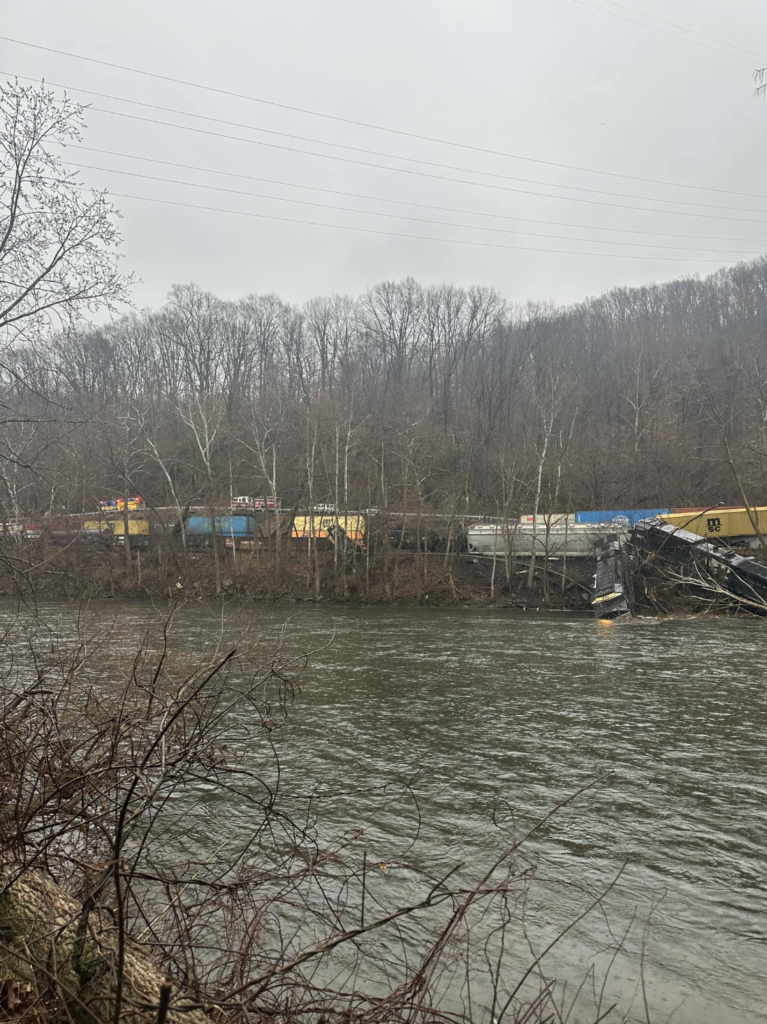Communities severed by roads and traffic experience a larger number of collisions in New York City
March 4, 2024- New York City neighborhoods with disrupted community connections, due to traffic, roads, and transport infrastructure, are experiencing an increase in traffic collisions. This increase is seen both in total collisions and for those in which pedestrians or cyclists are injured or killed, according to a new study from Columbia University Mailman School of Public Health. The findings are reported in the journal Environment International.
“Despite recent remarkable progress, road safety remains an urgent urban issue in New York and other U.S. cities. It is important to understand how the spatial configuration of the city enhances these road safety issues,” said Marianthi-Anna Kioumourtzoglou, ScD, associate professor of Environmental Health Sciences at Columbia’s Mailman School of Public Health and senior author. “We wanted to investigate how the presence of road traffic and roads influence our health, beyond more commonly studied exposures such as air pollution and noise. Hopefully, our findings can help the design of a less deadly and a healthier city.”
In the United States, roadway fatalities declined from 1980 to 2010, followed by a plateau in the 2010s but increased again in 2020 and 2021. The authors developed the first index of community severance (Community Severance Index) to characterize the role of roads, traffic, and lack of pedestrian infrastructure in the disconnection of communities. The authors then examined the impact of community severance on road collisions, both in general and specifically pedestrians and cyclists.
The researchers used road traffic collisions for 2019, to estimate the association between census block group-level Community Severance Index and annual traffic collisions. NYC-Open Data provided detailed information on the date and location of road traffic collisions. The authors used three main categories of spatial data to develop the Community Severance Index for every census block group in NYC: road infrastructure, road traffic activity and pedestrian infrastructure.
The spatial data to generate the index were obtained through the smart location database from EPA and other providers such as road infrastructure data from OpenStreetmap and road traffic intensity from the U.S. Department of Transportation. They used an artificial intelligence algorithm to identify patterns in the data, identifying many severed communities in the city, with a high presence of roads and traffic, to the detriment of spaces for pedestrians. “We hypothesized that this novel index of community severance would be higher in areas prone to traffic collisions and investigated the relationship between the two,” said Jaime Benavides, an associate research scientist in the Department of Environmental Health Sciences, who led the study.
“We further evaluated the association between the Community Severance Index and road traffic collisions specifically when pedestrians or cyclists were injured/killed, finding similar effects. We also took into account additional factors, including sociodemographic data, which could potentially influence the association between the Community Severance Index and road traffic collisions.”
The researchers focused on road traffic collisions, as an approximation for road safety, because they can affect urban health both directly through injuries and death, but also indirectly, by for example, influencing the chosen transportation mode. “Perception of lower road safety can lead people to choose to drive a car instead of cycling or walking in their day-by-day trips,” said Benavides.
The health impacts of living in severed communities, nonetheless, can go beyond road safety. For instance, other studies have shown that residents on streets with higher traffic volume interact less with their neighbors relative to those living on less congested streets. Historically in the U.S., financial and political support has prioritized highways instead of public transit systems. Many of these urban highways were built directly through the neighborhoods of disadvantaged Black communities, severing their connections internally and, or, segregating them from other communities. Investigating how the predominant presence of roads and traffic shapes our health and behaviors and acts as a barrier, to the detriment of urban spaces for pedestrians, was the authors’ motive to develop an index to measure community severance.
“Our results highlight the necessity to further understand how the presence of road infrastructure and traffic influences human health in cities beyond most commonly studied traffic-related exposures such as air pollution and noise,” said Kioumourtzoglou. “The comprehensive indicator we developed for the presence of roads and traffic, the Community Severance Index, can be useful to identify areas that require targeted interventions, such as pedestrianization programs in New York City and other U.S. cities,” said Benavides.
Co-authors are Sabah Usmani and Vijay Kumar, Columbia Mailman School of Public Health.
The work was supported by the National Institute of Environmental Health Sciences (NIEHS) (P30 ES009089, R01 ES028805, R01 ES030616). The authors have no known competing financial interests.
Columbia University Mailman School of Public Health
Founded in 1922, the Columbia University Mailman School of Public Health pursues an agenda of research, education, and service to address the critical and complex public health issues affecting New Yorkers, the nation and the world. The Columbia Mailman School is the fourth largest recipient of NIH grants among schools of public health. Its nearly 300 multi-disciplinary faculty members work in more than 100 countries around the world, addressing such issues as preventing infectious and chronic diseases, environmental health, maternal and child health, health policy, climate change and health, and public health preparedness. It is a leader in public health education with more than 1,300 graduate students from 55 nations pursuing a variety of master’s and doctoral degree programs. The Columbia Mailman School is also home to numerous world-renowned research centers, including ICAP and the Center for Infection and Immunity. For more information, please visit www.mailman.columbia.edu.
JOURNAL
Environment International
ARTICLE TITLE
Development of a community severance index for urban areas in the United States: A case study in New York City
